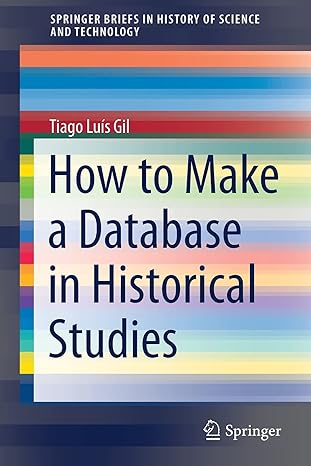Project Assignment 2018-A Simple Arithmetic Logic Unit Arithmetic and Logic Units (or ALUs) are found at the core of microprocessors, where they implement the arithmetic and ogic functions offered by the processor (e.g, addition, subtraction, AND'ing two values, etc.). An ALU is a combinational circuit that combines many common logic circuits in one block. Typically, ALU inputs are comprised of two N-bit busses, a the ALU operations. ALU outputs include an N-bit bus for function output and a carry out. a carry-in, and M select lines that select between Since ALUs method is indicated. ALU design should follow the same process as other bit- slice designs: first, define and understand all inputs and outputs of a bit slice (i.e., prepare a detaled block diagram of the bit slice): second, capture the required logicall relationships in some formal method (e.g, a truth table); third, find minimal circuits (by using K-maps or espresso) or write VHDL code; and fourth, proceed with circuit design and verification. operate on binary numbers, the bit-slice design Once the ALU operation table is complete, a circuit can be designed following any one of several methods: K-maps can be constructed and minimal circuits can be looped: muxes can be used (with an 8:1 mux for F and a 4:1 mux for Cout); the information could be entered into a computer-based minimizer and the resulting equations implemented directly; or we could bypass all the difficult and and create a behavioral description using Hardware Description Language (such as Verilog or VHDL). error-prone structural work Using the bit-slice method, design the VHDL circuit of the ALU described in the operation table and block diagram above. Project Assignment 2018-A Simple Arithmetic Logic Unit Arithmetic and Logic Units (or ALUs) are found at the core of microprocessors, where they implement the arithmetic and ogic functions offered by the processor (e.g, addition, subtraction, AND'ing two values, etc.). An ALU is a combinational circuit that combines many common logic circuits in one block. Typically, ALU inputs are comprised of two N-bit busses, a the ALU operations. ALU outputs include an N-bit bus for function output and a carry out. a carry-in, and M select lines that select between Since ALUs method is indicated. ALU design should follow the same process as other bit- slice designs: first, define and understand all inputs and outputs of a bit slice (i.e., prepare a detaled block diagram of the bit slice): second, capture the required logicall relationships in some formal method (e.g, a truth table); third, find minimal circuits (by using K-maps or espresso) or write VHDL code; and fourth, proceed with circuit design and verification. operate on binary numbers, the bit-slice design Once the ALU operation table is complete, a circuit can be designed following any one of several methods: K-maps can be constructed and minimal circuits can be looped: muxes can be used (with an 8:1 mux for F and a 4:1 mux for Cout); the information could be entered into a computer-based minimizer and the resulting equations implemented directly; or we could bypass all the difficult and and create a behavioral description using Hardware Description Language (such as Verilog or VHDL). error-prone structural work Using the bit-slice method, design the VHDL circuit of the ALU described in the operation table and block diagram above







